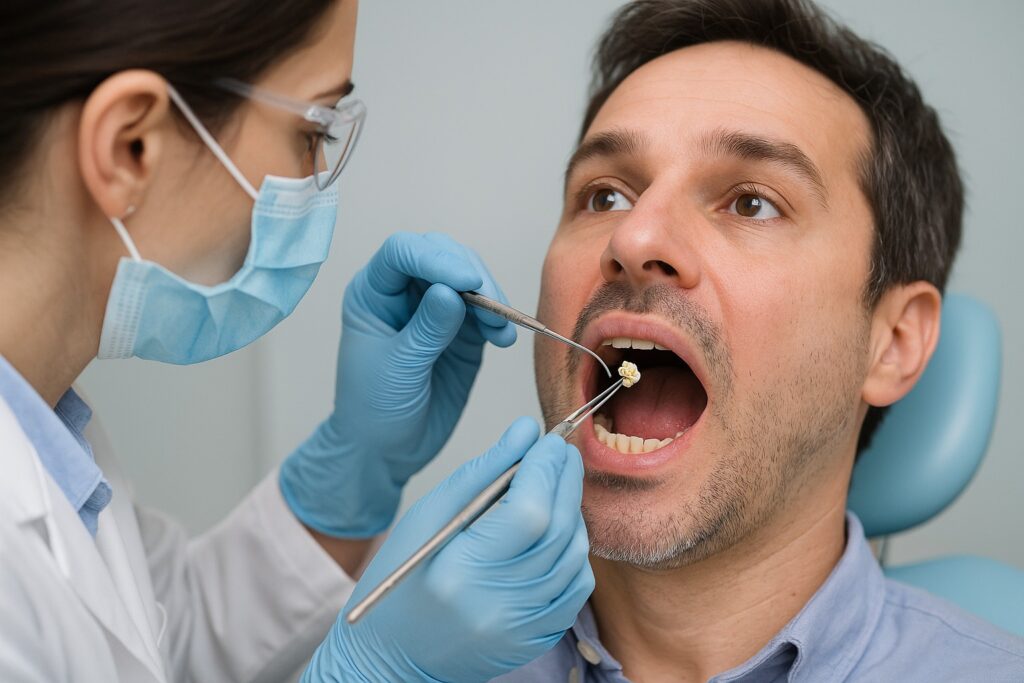Popcorn is a popular snack enjoyed by many, whether during movie nights or parties. It is not all fun and games, though, when a tiny piece of popcorn husk gets stuck in your gums. Not only is it painful, it could also cause irritation or even become an oral health issue if not addressed.
Fortunately, there are several dentist-approved techniques that you can use to safely remove popcorn husk from gum. In this article, we’ll walk you through these techniques so you can enjoy your popcorn without any unwanted dental issues.
Why Popcorn Kernels Get Stuck in Your Gum
Popcorn kernels are hard and irregular, which makes them even more likely to get stuck between your teeth or even below the gumline. This happens when the husk or shell of the kernel itself is irregularly shaped, which makes it more likely to get stuck onto the tooth or gum.
This could occur during normal chewing or even after the consumption of the popcorn, with particles of husk remaining in your mouth. Occasionally, pieces of the kernel can become trapped beneath the gumline, which is not just painful but could potentially result in more severe complications such as gum infections or abscesses if not treated. To ease the soreness and avoid gum damage, there are several dentist-approved methods you can try at home, starting with gentle flossing methods.
Gentle Flossing Methods To Remove Popcorn Husk From Gum
Flossing is one of the first things you can do when a popcorn kernel gets stuck between your teeth. Flossing is a dentist-approved method that can remove popcorn husk from gum and between your teeth. Apply gentle motions so that you do not force the kernel deeper into your gums.
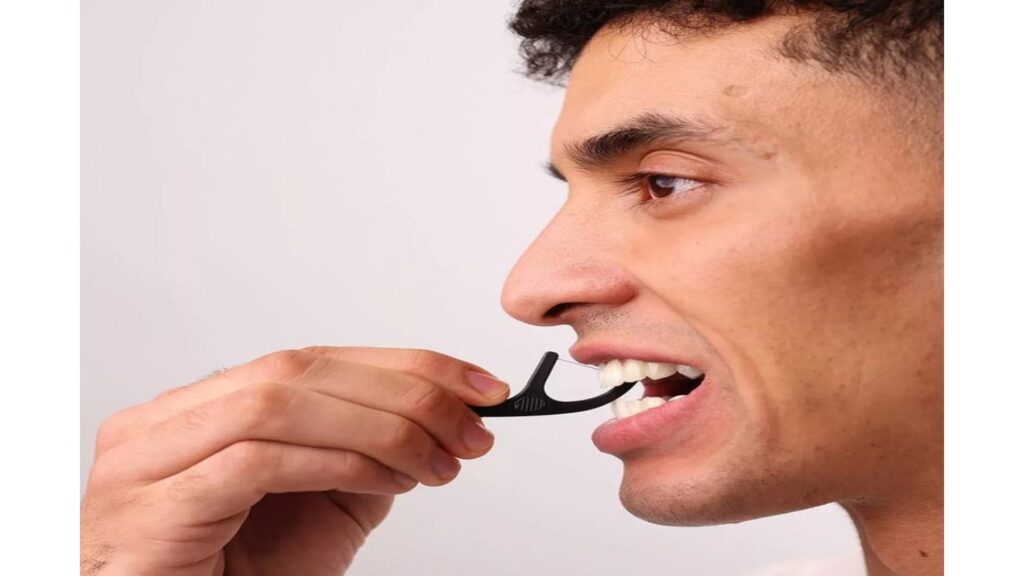
Start by taking some dental floss and forming a “C” around the tooth. Then, move the floss back and forth in the section where the kernel is stuck. This will dislodge the kernel and extract it without hurting your gums.
Avoid snapping the floss or using too much force, as this can cause irritation or damage to your gums. That said, if the kernel does not come out after a few attempts, you may wish to try an alternative method or seek professional help.
Rinse With Warm Saltwater
Another home remedy that proves effective to dislodge the stuck popcorn kernel is a warm saltwater rinse. Salt water has natural antibacterial properties that help to soothe inflamed gums and clear out food particles. This works especially well if you have kernels trapped just below the gum line.
For this, simply mix about a teaspoon of salt into a cup of warm water. Swish the solution around in your mouth for about 30 seconds, making sure to focus on the area where the kernel is stuck. The warm water will reduce swelling and flush the area out, possibly dislodge the kernel.
Brush With a Toothbrush at a 45-Degree Angle
You may also attempt to brush your teeth at a 45-degree angle near the gumline to remove the trapped popcorn kernel. This works because you can access the site where the kernel is trapped without putting excessive pressure on your gums.
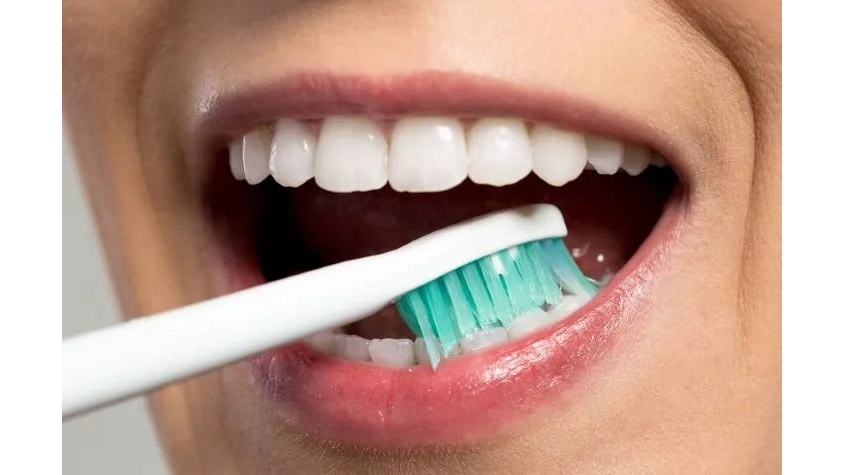
Use a soft-bristled toothbrush and gently brush the area of the kernel. Make sure to use light, upward or downward strokes (whichever is the location of the kernel). Avoid brushing too hard since this will irritate or inflame your gums. If the popcorn husk is stuck between two teeth, brushing at an angle of 45 degrees may dislodge it better.
Rinse your mouth with water or salty water after brushing your teeth to ensure that any particles are rinsed out completely. This is another effective way to remove popcorn husk from gum in a dentist-approved way.
Use a Water Flosser To Remove Popcorn Husk From Gum
Water flossers are also a great tool to remove popcorn husk from gums. They use a pulsating stream of water to loosen and wash out debris. Also, they are more effective for most people than normal flossing when attempting to get rid of sticky particles like popcorn hulls.
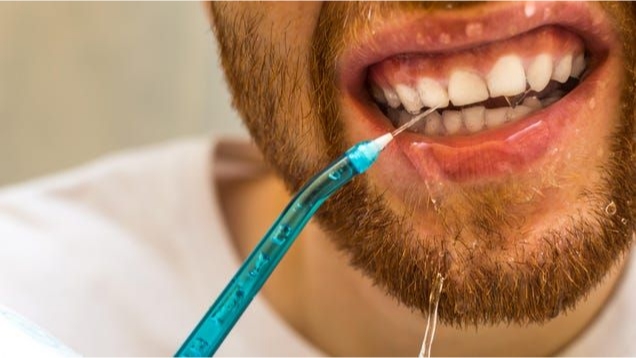
To use a water flosser, fill the device with warm water and set it to low pressure. Aim the stream of water gently at the area where the kernel is stuck. The pulsating action of the water will dislodge the kernel and flush it out of the crevice between your teeth. Water flossers aren’t abrasive to your gums, so they’re also less likely to aggravate them than standard flossing.
Seek Professional Dental Care if You Cannot Remove Popcorn Husk From Gum
If all the above fail and you still cannot remove popcorn husk from gum, it is time to see a dentist. A dentist will be able to extract the kernel safely without damaging your gums or teeth. Dentists have special tools and training to do the job without inflicting pain or complications.
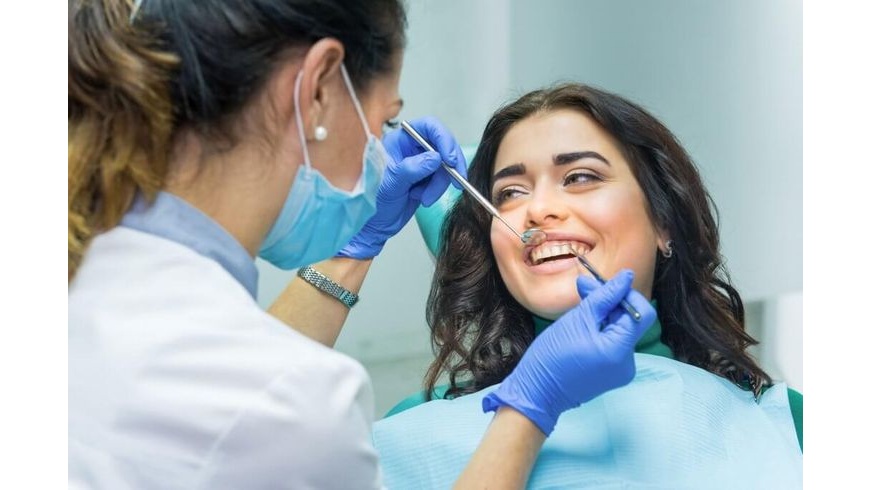
Your dentist will carefully examine the area and may use tools such as a scaler or suction device. In some cases, the dentist may need to take X-rays to ensure that the kernel has not caused internal damage or developed into an infection. If necessary, your dentist might also prescribe antibiotics to prevent infection and promote healing. Delaying dental care can lead to more serious issues, such as abscesses or gum disease.
Preventive Measures: Preventing Future Incidents
Eating your popcorn slowly is one of the most effective ways of preventing kernels from becoming lodged in your gums. Bite slowly and take small bites to thoroughly break down the popcorn before swallowing. This approach helps prevent hard kernels from slipping into your gums.
In addition, it’s a good idea to inspect your popcorn prior to eating it. Unpopped popcorn kernels are harder and more irregular in shape than popped popcorn. Those unpopped kernels are the ones most likely to become lodged between your teeth or in your gums, so watch out for that before you start eating.
Good oral hygiene will also keep kernels from getting stuck in your gums. Brushing two times daily and flossing once a day will get rid of food particles and the accumulation of plaque, which will keep your gums and teeth in good health. Regular visits to the dentist will also make any issues get noticed earlier before they become serious.
Lastly, consider the toppings you place on your popcorn. Butter or caramel tastes wonderful, but they often trap food bits in your teeth. If you frequently get kernels stuck in your gums, eat popcorn without heavy toppings or choose ones that don’t stick easily.
Is Eating Popcorn Unhealthy for Your Teeth?
Popcorn itself is not so bad for your teeth, it’s actually a relatively healthy snack. It’s low in sugar, fat, and calories, so it’s a better choice than sticky candies or hard candy. Popcorn does pose some dental threats, though, especially when it comes to husks and unpopped kernels.
The biggest issue is the tough, unpopped kernel that will chip or crack your teeth if bitten on by accident. Such kernels are especially risky for those with dental crowns, fillings, or braces. Popcorn husks also will get into tight gum pockets or between teeth, and will lead to discomfort, inflammation, or infection if not dislodged.
To reduce these risks, chew slowly, avoid biting down on hard kernels, and keep your popcorn air-popped or very lightly flavored. Brush and floss after eating your popcorn, especially if you feel like something is stuck. If you wear braces or other dental work, be very cautious or avoid popcorn altogether.
Since we’re talking about dental care, check out this article on the best toothbrush for you!
